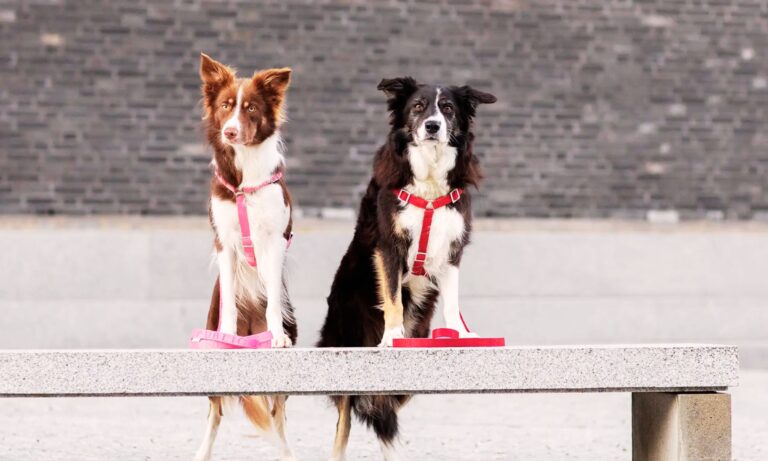As our furry friends age, their dietary needs change, and providing the right nutrition becomes essential to maintain their quality of life. Homemade dog food for elderly dogs offers a way to customize meals, ensuring they receive the appropriate nutrients to support their slower metabolism, joint health, and overall well-being. Ensure your senior dog’s safety with a GPS dog collar that helps you track their location easily, providing peace of mind.
I’ll explore the benefits of preparing your own dog food for senior dogs, key ingredients to include, important nutritional considerations, and practical tips to help you create balanced, healthy meals that cater to your aging pet’s needs.
For a step-by-step guide on how to wear collar to an Affenpinscher, check out this detailed article to ensure a comfortable and secure fit for your dog.
Blog Highlights
ToggleUnderstanding the Aging Process in Dogs
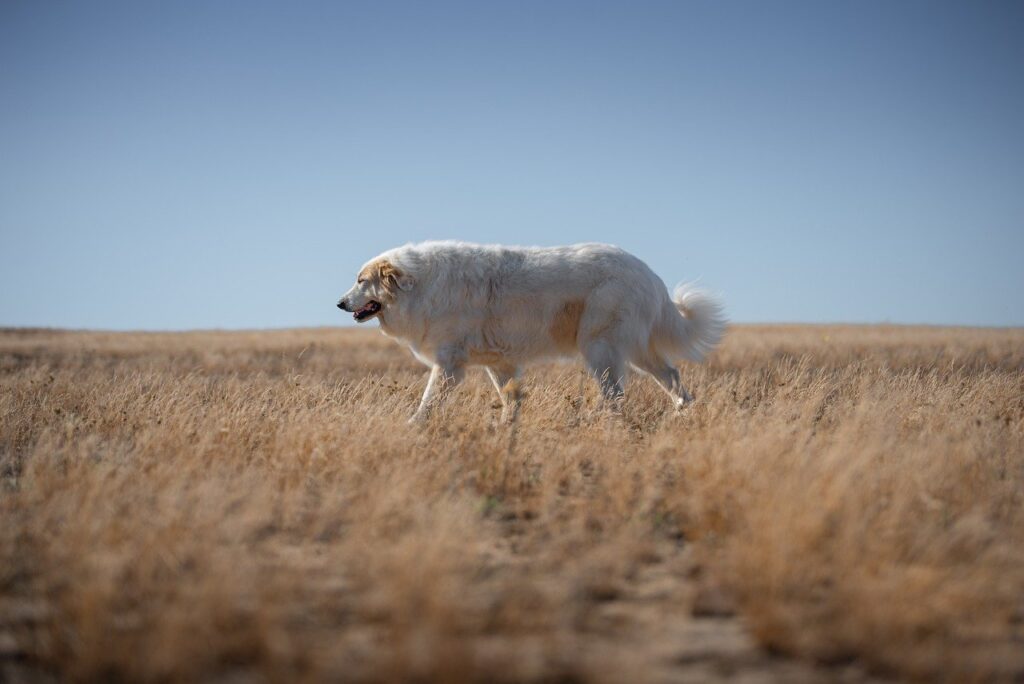
Just like humans, dogs undergo several changes as they age. Their energy levels drop, metabolism slows, and their ability to absorb nutrients might diminish. These changes require adjustments in their diet:
- Reduced Caloric Needs: Older dogs tend to be less active, so they need fewer calories to prevent weight gain.
- Joint Health: Aging joints may require supplements like glucosamine, chondroitin, or omega-3 fatty acids to ease discomfort.
- Digestive Sensitivity: As dogs age, their digestive systems can become more sensitive. Easily digestible ingredients and fiber help support healthy digestion.
- Muscle Maintenance: Adequate protein is vital to help preserve lean muscle mass in older dogs, although too much protein can sometimes strain the kidneys.
Understanding these aspects of canine aging is the first step in formulating a homemade diet that meets your pet’s specific requirements. Enhance your pet’s well-being with the latest pet tech products, designed to improve comfort, health monitoring, and daily care.
Benefits of Homemade Dog Food for Senior Dogs
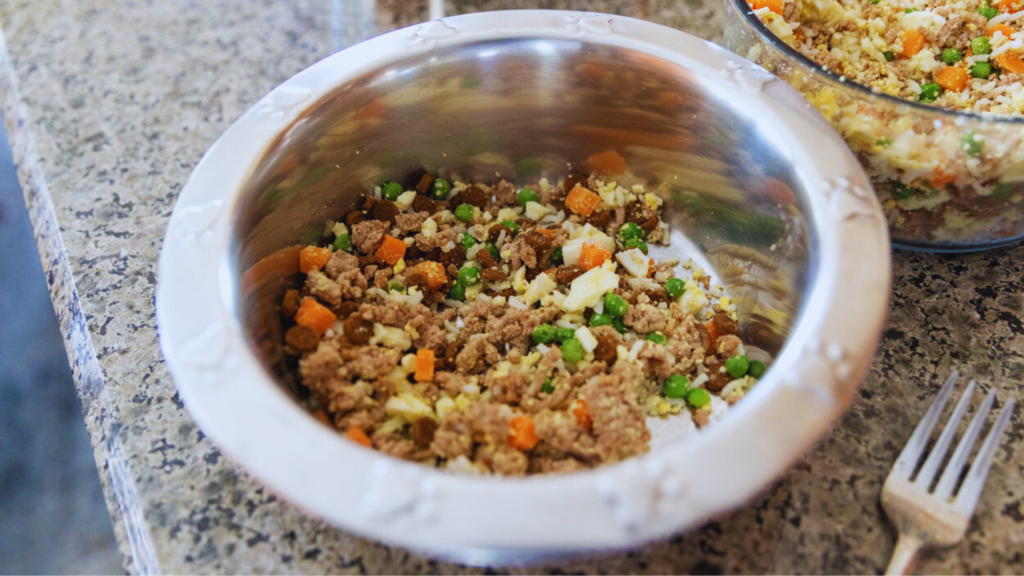
Creating your own dog food at home comes with several advantages, especially for elderly dogs:
- Customization: You have complete control over the ingredients. This allows you to tailor the diet to your dog’s specific health issues—whether it’s arthritis, weight management, or digestive sensitivities.
- Fresh Ingredients: Using fresh, high-quality ingredients can improve nutrient absorption and boost your dog’s immune system.
- Avoiding Unwanted Additives: Many commercial dog foods contain fillers, preservatives, or artificial additives that might not be ideal for aging dogs.
- Improved Digestibility: Homemade meals can be designed to be gentle on the stomach, which is particularly important for older dogs with delicate digestive systems.
- Enhanced Palatability: Senior dogs can be fussy eaters. Homemade food can be made more appealing through flavor and texture adjustments, ensuring that your dog remains interested in mealtime.
Nutritional Considerations for Senior Dogs

When preparing homemade dog food for elderly dogs, several nutritional components must be balanced carefully:
1. Caloric Control
Because senior dogs are typically less active, controlling caloric intake is crucial to prevent obesity—a common issue that can lead to joint problems, heart disease, and diabetes. Recipes should be designed to provide sufficient energy without excess calories. Incorporate low-calorie vegetables and lean proteins to maintain a healthy weight.
2. Protein
While older dogs require quality protein to maintain muscle mass, the amount should be moderate. Overfeeding protein might stress aging kidneys, so choose easily digestible sources like chicken, turkey, or fish. Including eggs or cottage cheese in small amounts can also provide high-quality protein.
3. Fats
Healthy fats are important for energy and skin health, and they also contribute to joint lubrication. Omega-3 fatty acids—found in fish oil, flaxseed oil, or algae supplements—can help reduce inflammation and support joint function. Balance is key: too much fat can lead to weight gain, while too little might deprive your dog of essential fatty acids.
4. Carbohydrates and Fiber
Complex carbohydrates and dietary fiber aid in digestion and help regulate blood sugar levels. Ingredients such as brown rice, oats, and sweet potatoes offer both energy and fiber. Fiber also helps in maintaining a healthy gut environment, which is especially important if your dog has digestive issues.
5. Vitamins and Minerals
Essential vitamins and minerals are critical for overall health. Calcium and phosphorus must be balanced carefully to support bone strength without overburdening aging organs. Including a variety of vegetables—like spinach, carrots, and pumpkin—can help supply antioxidants and other micronutrients that promote immune function.
6. Joint Support Supplements
For senior dogs, adding supplements like glucosamine, chondroitin, or turmeric to the diet can be beneficial. These ingredients may help reduce inflammation and support joint health, improving mobility and reducing pain in arthritic dogs.
Check out the best dog collars for Border Collie to find durable, stylish, and comfortable options for your active dog.
Key Ingredients for Homemade Senior Dog Food
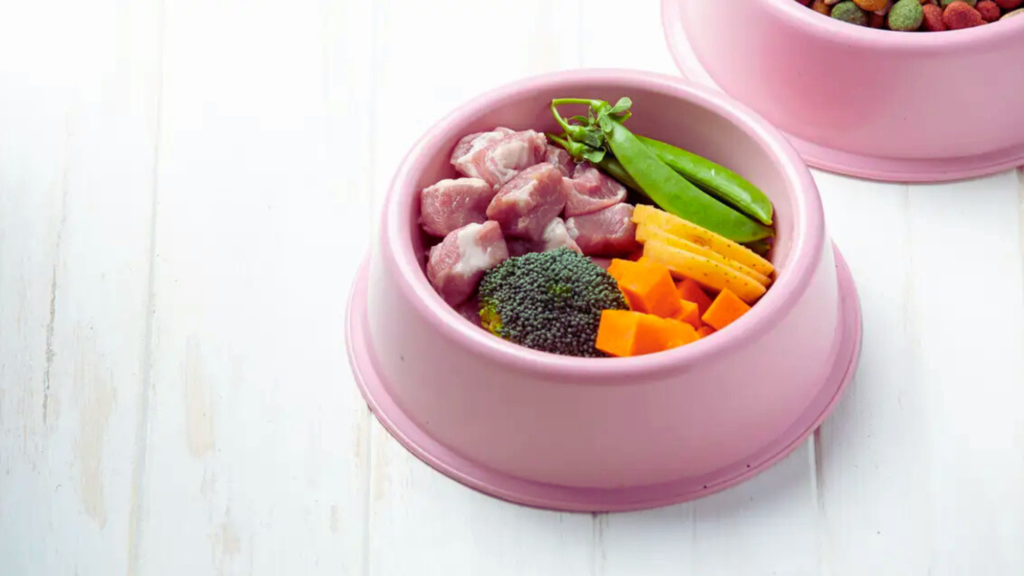
Here are some ingredients that are particularly well-suited for homemade meals for elderly dogs:
- Lean Proteins: Chicken breast, turkey, or white fish provide high-quality protein with less fat.
- Complex Carbohydrates: Brown rice, quinoa, and sweet potatoes offer energy and fiber.
- Vegetables: Carrots, green beans, spinach, and pumpkin are easy to digest and full of vitamins.
- Fats: Small amounts of fish oil or flaxseed oil supply essential omega-3 fatty acids.
- Bone Broth: A nutritious liquid that’s gentle on the stomach and adds extra hydration and flavor.
- Joint Support Additives: Supplements such as glucosamine and chondroitin can be mixed into meals if recommended by your veterinarian.
- Fiber-Rich Foods: Pumpkin and green beans not only add fiber but also improve digestion and help maintain a healthy weight.
Sample Homemade Recipe for Senior Dogs
Below is a sample recipe that incorporates the elements discussed above. This recipe is designed for an average-sized senior dog and can be adjusted based on your dog’s specific needs or veterinary recommendations.
Ingredients:
- 1 cup of cooked chicken breast (shredded)
- 1/2 cup of cooked brown rice
- 1/2 cup of mashed sweet potato
- 1/4 cup of finely chopped carrots and green beans
- 1/4 cup of spinach (steamed and chopped)
- 1 tablespoon of fish oil or flaxseed oil
- 1/2 cup of low-sodium bone broth
- Optional: A pinch of turmeric or a dog-specific joint supplement
Instructions:
- Prepare the Proteins and Carbs: Cook the chicken breast thoroughly and shred it into bite-sized pieces. Cook the brown rice according to the package instructions and mash the sweet potato until smooth.
- Steam the Vegetables: Lightly steam the carrots, green beans, and spinach to make them easier for your senior dog to digest.
- Combine Ingredients: In a large bowl, mix the chicken, brown rice, sweet potato, and steamed vegetables.
- Add Fats and Broth: Stir in the fish oil and bone broth to create a moist, palatable meal. If using turmeric or a joint supplement, mix it in thoroughly.
- Cool and Serve: Allow the food to cool to room temperature before serving. Adjust the portion size based on your dog’s weight and dietary needs.
This recipe provides a balanced meal with lean protein, complex carbohydrates, and vegetables rich in vitamins and fiber. It also incorporates essential fats for joint health and overall energy.
Transitioning to Homemade Food
If you decide to switch your senior dog to a homemade diet, it’s important to transition gradually. Sudden dietary changes can upset an elderly dog’s digestive system. Begin by mixing a small portion of homemade food with your current diet, gradually increasing the homemade component over the course of a week or more. This slow transition helps prevent gastrointestinal upset and allows your dog’s system to adjust to the new ingredients.
For guidance on choosing the right collar size for an Airedale puppy, check out this detailed guide.
Monitoring Your Dog’s Health
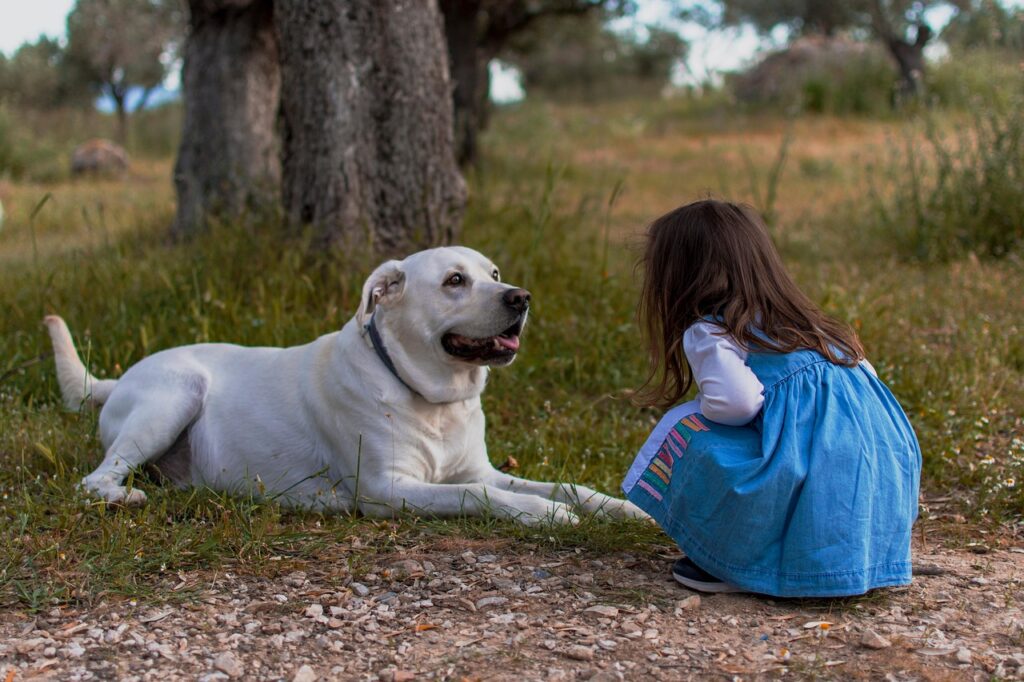
After switching to homemade dog food, regular monitoring is key to ensuring your dog is receiving adequate nutrition:
- Weight Checks: Regularly weigh your dog to ensure they are maintaining a healthy weight. Adjust portions if you notice unwanted weight gain or loss.
- Body Condition: Use a body condition score chart to assess if your dog is underweight, overweight, or at an ideal weight.
- Energy Levels: Observe your dog’s activity levels and overall mood. A well-balanced diet should help maintain steady energy without causing lethargy.
- Digestive Health: Monitor stool quality and frequency. Any significant changes might indicate that the food is too rich or not well-tolerated.
Regular check-ups with your veterinarian can help identify any nutritional deficiencies or health issues early, allowing for prompt adjustments to your dog’s diet. Set up a complete training routine with this comprehensive dog training equipment list, ensuring you have all the tools for a well-behaved senior pup.
Potential Pitfalls and How to Avoid Them
While homemade diets offer many benefits, they also come with challenges:
- Nutritional Balance: One of the biggest challenges is ensuring that the diet is nutritionally complete and balanced. Consulting with a veterinarian or a pet nutritionist is essential to avoid deficiencies.
- Ingredient Quality: Using high-quality, fresh ingredients is critical. Avoid foods that are high in preservatives or fillers.
- Time and Effort: Preparing homemade meals can be time-consuming. Planning and batch-cooking can help streamline the process.
- Storage: Homemade dog food should be stored properly to prevent spoilage. Refrigerate meals for up to 3–4 days, or freeze portions for longer storage.
Discover the benefits of using a harness by reading this guide on should a Collie wear a harness.
Final Thoughts
Homemade dog food for elderly dogs is a rewarding way to cater to the specific nutritional needs of your aging pet. By preparing meals with carefully chosen ingredients, you can support your dog’s health, improve digestion, and help maintain joint mobility and overall vitality. The transition to a homemade diet should be gradual, and it’s crucial to work closely with your veterinarian to ensure the new diet meets all of your dog’s nutritional requirements. For better training and communication, consider using an electronic dog collar to reinforce commands safely and effectively.
Learn if Dachshunds need special collars to provide the right support and comfort for their unique body shape.
With the right approach, homemade food can provide a balanced, nutritious, and delicious alternative to commercial diets. Not only does it give you complete control over what your dog consumes, but it also allows you to address specific health issues, ensuring that your senior dog remains active, comfortable, and happy in their golden years.



